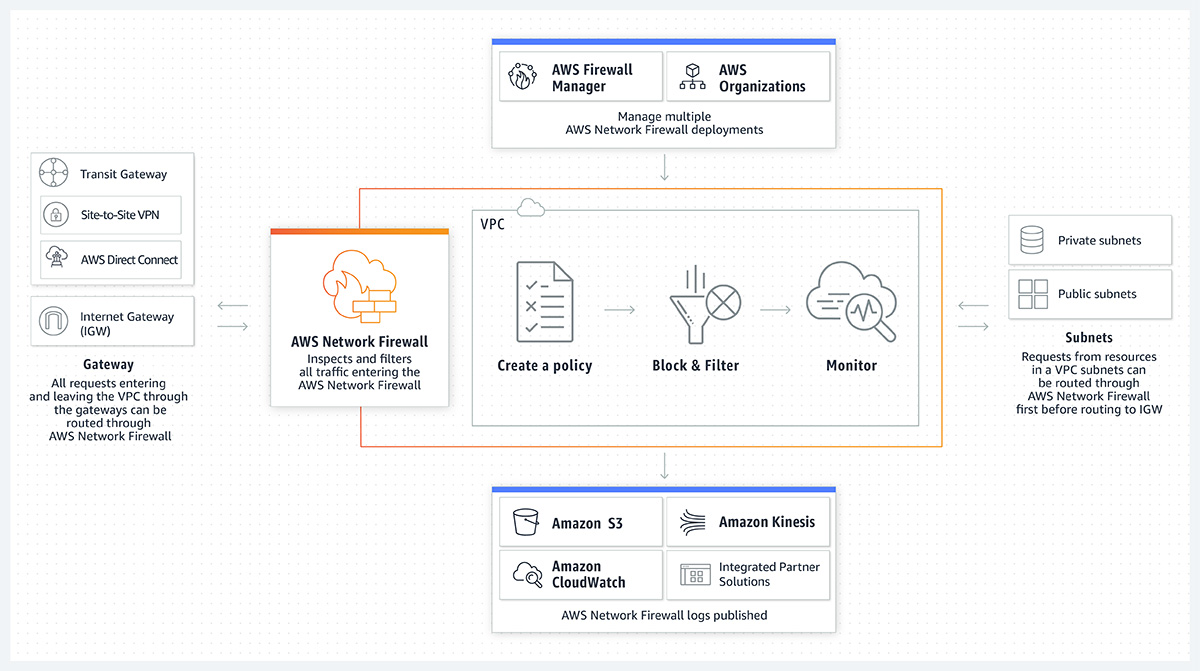

NGFWs are also application aware – they can inspect network Level 7 to block or allow data packets depending on the application they are intended for. It provides the additional capability of deep packet inspection (DPI) – looking inside data packets to identify malicious activity. Second Generation: NGFWĪ next-generation firewall (NGFW) builds on the basic stateful inspection capabilities of a legacy firewall. Network firewalls are essential for protecting resources that are connected to the network and preventing attackers from accessing them.

It separates the secured network from a less secure, broader network (e.g., the Internet) to control traffic between them. First Generation: Legacy FirewallĪ network firewall secures a local network and prevents unauthorized entities from accessing sensitive systems and data. Network firewalls were introduced in the 1990s, and have gone through several generations: from legacy firewalls, to next-generation firewalls (NGFW), to firewall as a service (FWaaS).
Collectively, these features help provide a multi-layered defense strategy. Network firewalls are pre-programmed with a set of security features enabling them to address specific threats. This can allow detection of threats and security incidents that cut across multiple layers of the IT environment. In a mature security organization, firewall data flows into a security information and event management (SIEM) system, and is correlated with data from other security tools and IT systems. Source of threat data – organizations deploying firewalls, and security vendors, can use firewalls to understand evolving threats and define new access rules, attack patterns, and defensive strategies.Logging and auditing – firewalls keep track of events on a network, which can be used to identify patterns indicating performance or security issues.Threat defense – firewalls can detect and block threats before they reach network resources.Access control – firewalls can be used to regulate what type of inbound and outbound traffic should be allowed on a network.
#Network firewall security software
As a software component deployed on endpoints and other devices to filter and regulate traffic to and from the device.įirewalls perform several critical functions for organizations:.Inside a network to create segmentation, isolate sensitive resources, and protect against insider threats and lateral movement.At the network edge, to block and mitigate external threats.Firewalls were introduced in the 1990s, and became a primary method to establish and secure a network perimeter.


 0 kommentar(er)
0 kommentar(er)
